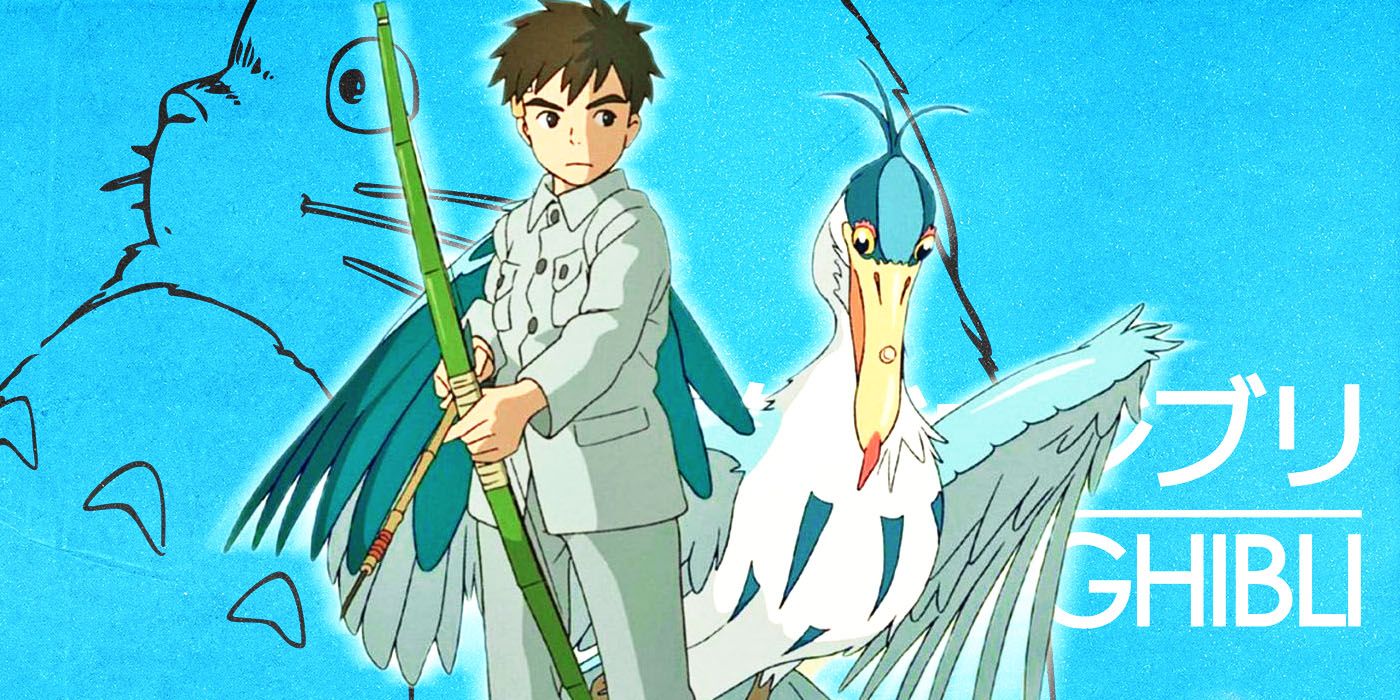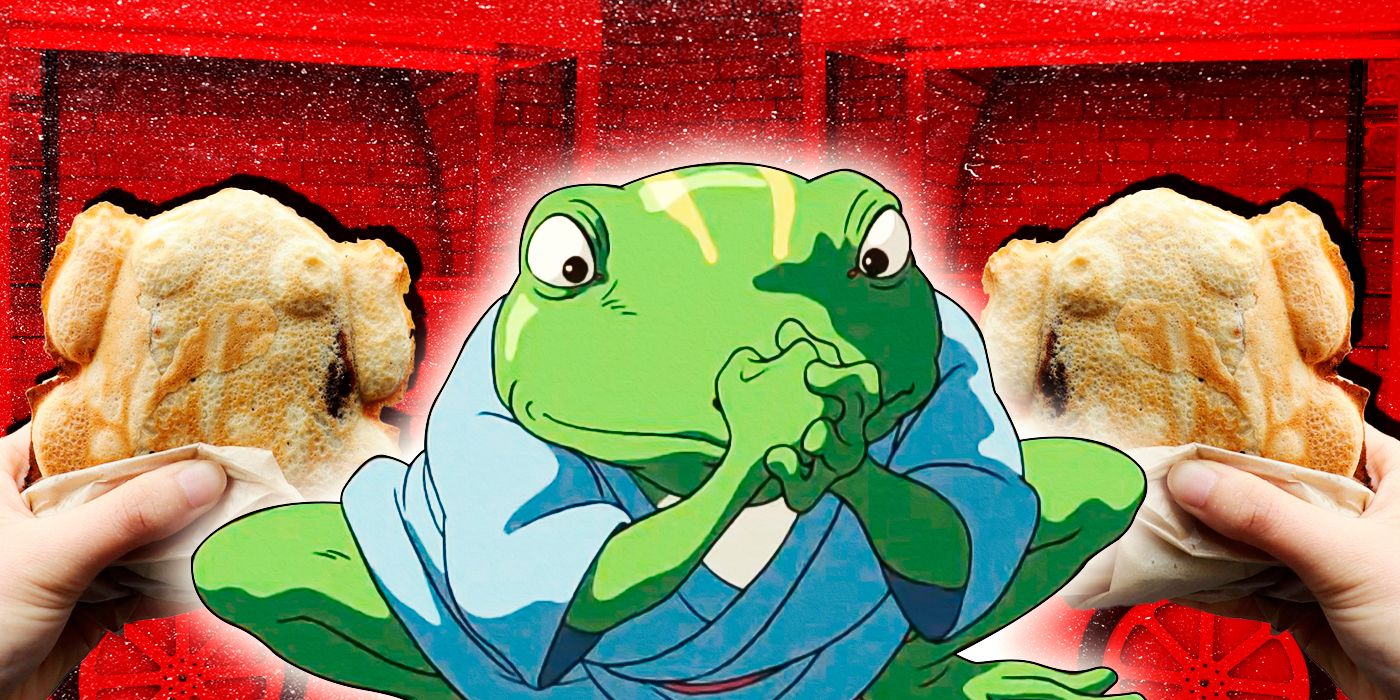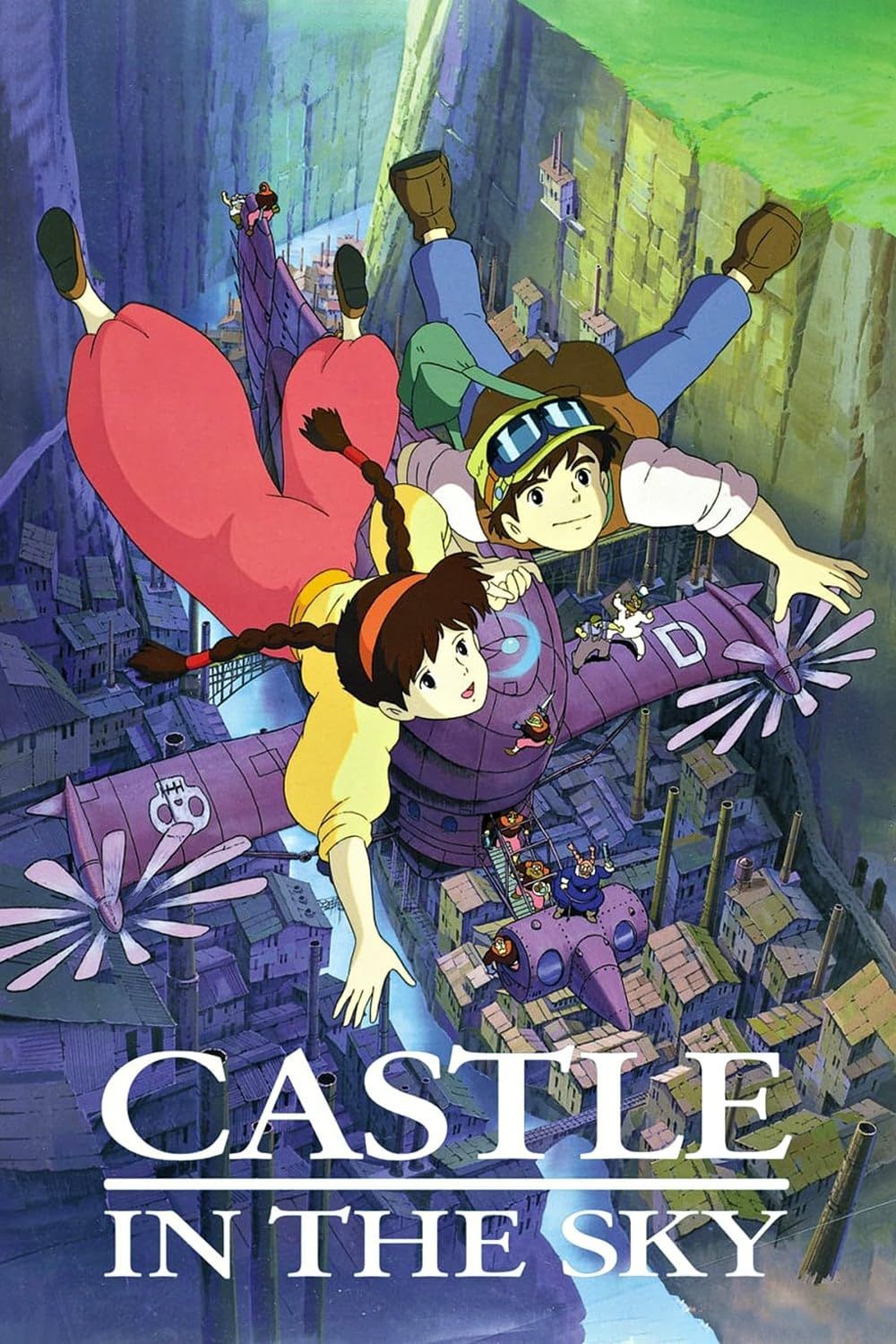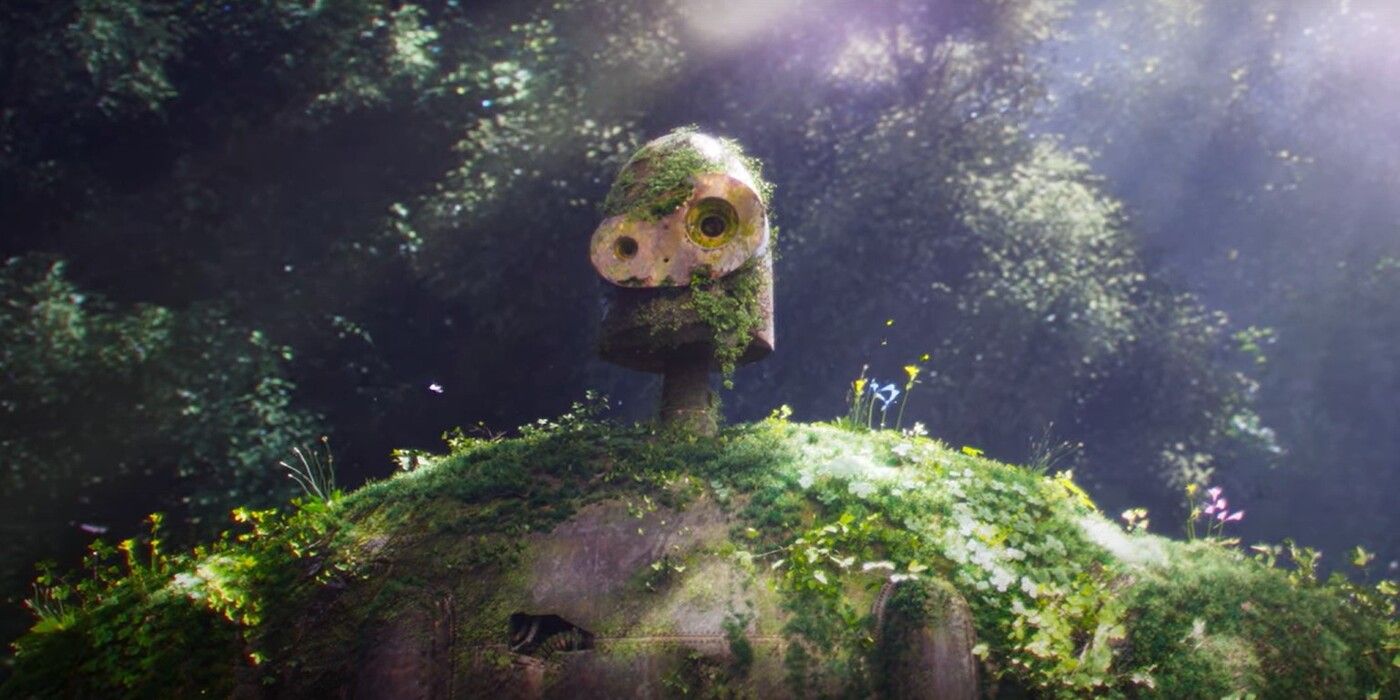In 1986, Studio Ghibli treated moviegoers to a story revolving around a mythical floating island called Laputa. Over two decades later, a dedicated fan artist painstakingly recreated the iconic locale using gorgeous CG animation.
Masayuki Koyama, a 3D Generalist Artist for Industrial Light & Magic, showcased their fan project on YouTube as well as on their official ArtStation page. The video, which recently resurfaced online, opens with a brief shot of one of Laputa's famous guardian robots before cutting to a sweeping overhead view of the magnificent isle. Like its 2D animated counterpart, Koyama's 3D Laputa features multiple domed structures surrounded by miles of lush greenery and irrigation channels -- remnants of an advanced society that lived in perfect harmony with nature. In the description, Koyama explains that he was trying to recreate "the style and atmosphere" of the moment where the castle is revealed to the audience for the first time.

Studio Ghibli Gets First-Ever 4K UHD Blu-ray Release Date With Miyazaki's The Boy and The Heron
Studio Ghibli's The Boy and the Heron receives its home entertainment release dates, featuring new interviews and more from GKIDS and Shout! Studios.Professional 3D Artist Does Studio Ghibli's Laputa Justice in His Castle in the Sky Recreation
Those who have seen Castle in the Sky will know that the original Laputa has a somewhat dilapidated appearance, with many of the physical structures bearing signs of age and weathering. In order to recreate these finer details, Koyama used Vray -- a type of image-rendering software used by filmmakers and video game developers. Additionally, Koyama used the Maya/Houdini Engine to create the unique textures, lighting and shading effects seen on the walls, buildings and surrounding clouds. Koyama showcases part of the animation process in the video itself, which includes behind-the-scenes footage of him constructing Laputa's central building.
Written and directed by Ghibli co-founder Hayao Miyazaki, Castle in the Sky bears the distinction of being Studio Ghibli's first official animated feature. The film tells the story of Pazu and Sheeta, two young children who are brought together by their mutual connection to Laputa -- a mysterious floating island that most do not believe exists. After discovering that Sheeta's family pendant has ties to the mythical island, the two friends set out on a journey to find it. Meanwhile, a villainous government agent called Muska also pursues Laputa, hoping that the island's fabled technology will give him the power to rule the world. The film is based loosely on Jonathan Swift's classic novel, Gulliver's Travels (1726).

Studio Ghibli Serves Up "Grilled Frogs" for Hungry Foodies
Studio Ghibli gives fans a taste of its renowned anime food with its delectable "grilled frogs" found at Ghibli Park.Those who have not yet had the chance to see Castle in the Sky on the big screen are in luck. As part of Ghibli Fest 2024, GKIDS and Fathom Events are teaming up once again to bring Ghibli's critically-acclaimed film library back to US theaters. For a limited time each month, moviegoers will have the opportunity to watch subbed and/or dubbed versions of iconic Ghibli classics like Spirited Away (2001), Princess Mononoke (1997), Kiki's Delivery Service (1989), Pom Poko (1994), Howl's Moving Castle (2004) and more. Castle in the Sky will be screened at select U.S. theaters on May 20-22.
Viewers in the U.S. and Japan can watch Castle in the Sky on Max. Netflix, which acquired international streaming rights to Ghibli's film library earlier this year, has made the films available in most other major territories.

Castle in the Sky
Original title: Tenkû no shiro Rapyuta
A young boy and a girl with a magic crystal must race against pirates and foreign agents in a search for a legendary floating castle.
- Director
- Hayao Miyazaki
- Cast
- Mayumi Tanaka , Keiko Yokozawa , Kotoe Hatsui
- Writers
- Hayao Miyazaki , Jonathan Swift
- Runtime
- 2 hours 5 minutes
- Production Company
- Tokuma Shoten, Studio Ghibli
Source: YouTube via Masayuki Koyama's ArtStation Page

